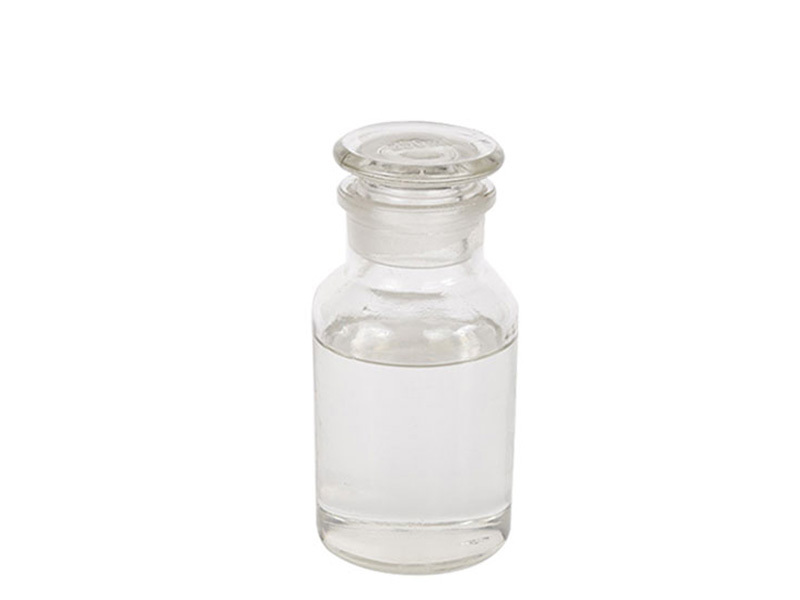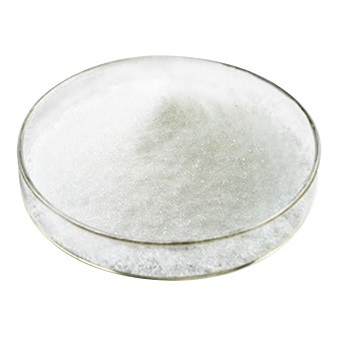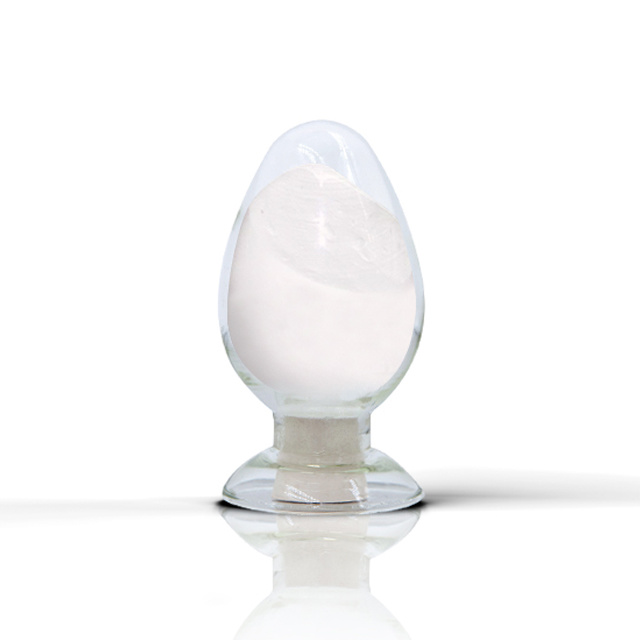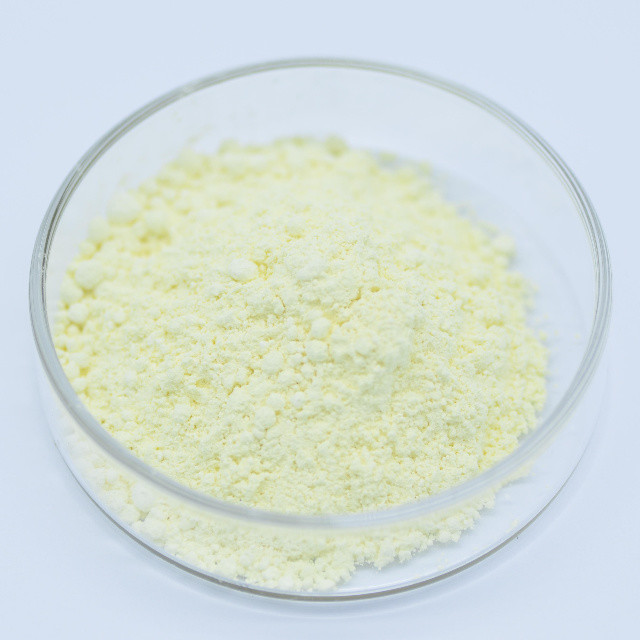
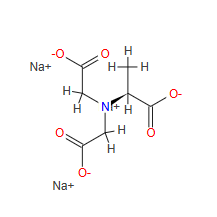
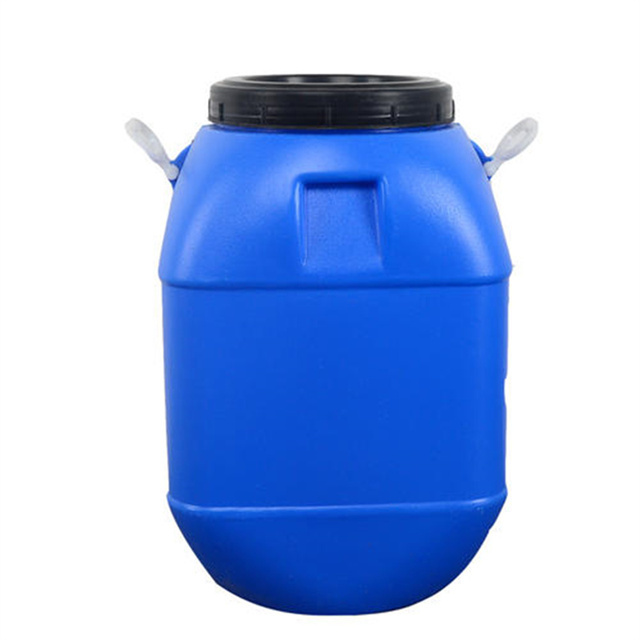
Methylglycine N,N-diacetic acid, trisodium salt (MGDA-Na3) CAS 170492-24-7
Category:
Product Description
Product Details
Introduction
Methylglycine N,N-diacetic acid, trisodium salt is an efficient, green, biodegradable ligand. It is an important functional organic acid salt compound and is widely used in detergents, cleaning agents, water treatment agents and other fields.
Methylglycine N,N-diacetic acid, trisodium salt is composed of methylglycine (MGDA) and three equivalent molecules of alkali metals. It has good complexing ability and good biodegradability. It can effectively coordinate metal ions, making them less likely to precipitate in water, thereby improving the performance of products such as cleaning agents and water treatment agents.
Technical Index
| Specifications | Standard |
| Appearance | Light yellow clear liquid |
| Solid content % | ≥65% |
| Density (20℃)/g·cm3 | >1.2 |
| PH (1% aqueous solution) | >8 |
Application
1. Fabric detergents
In heavy-duty laundry detergents, laundry liquids, and soap-based detergents, MGDA is particularly effective for stubborn stains such as natural oils, sebum, blood stains, milk stains, ink stains, dust, and protein.
For detergents containing fatty acids and soap in the formula, it is very easy to form soap scum with calcium and magnesium ions in the water during use, which is deposited on the surface of the fabric, resulting in sour odor and reduced wettability. MGDA can effectively solve soap scum and prevent the redeposition of calcium soap.
2. Phosphorus-free dishwasher detergents
In commercial phosphorus-free dishwashing detergent formulas, MGDA has been proven to have high rinsing and starch stain removal performance, especially for tea stains.
3. Cleaning of inorganic precipitates
Methylglycine diacetate trisodium (MGDA) can convert insoluble compounds into water-soluble substances and has good solubility for inorganic precipitates. Suitable for old and dry calcium stains.
Cleaning calcium carbonate scale: one is to remove carbonate ions, and the other is to remove calcium ions. The former can be removed by adding acid (such as hydrochloric acid, citric acid, etc.) to generate carbon dioxide, but it is not suitable for closed systems or corrosive systems. The latter can be achieved by using chelating agents such as MGDA to form soluble complexes, which can also prevent the formation of new calcium carbonate stains.
Cleaning calcium phosphate scale: Milk contains a large amount of calcium phosphate, which will form insoluble precipitation during processing and is not easy to clean. EDTA is usually added to solve the problem, but the biodegradability of EDTA is questionable. MGDA can be used as an upgraded substitute for EDTA. Although its complexing performance is not as good as EDTA, it exceeds other degradable complexing agents.

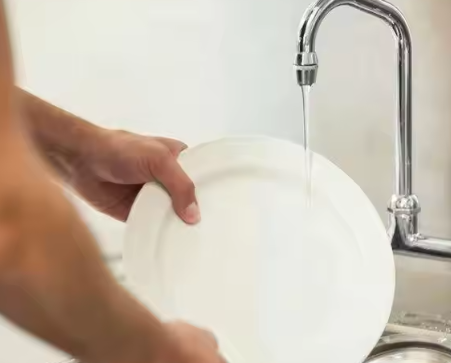
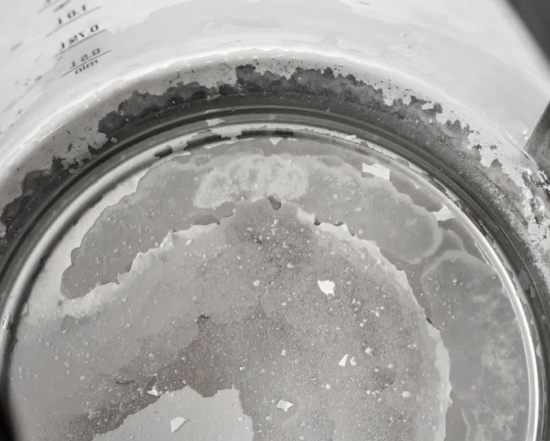
Keyword:
Send Inquiry
Leave a message immediately and receive free product consultation. We will arrange experts to contact you as soon as possible.


